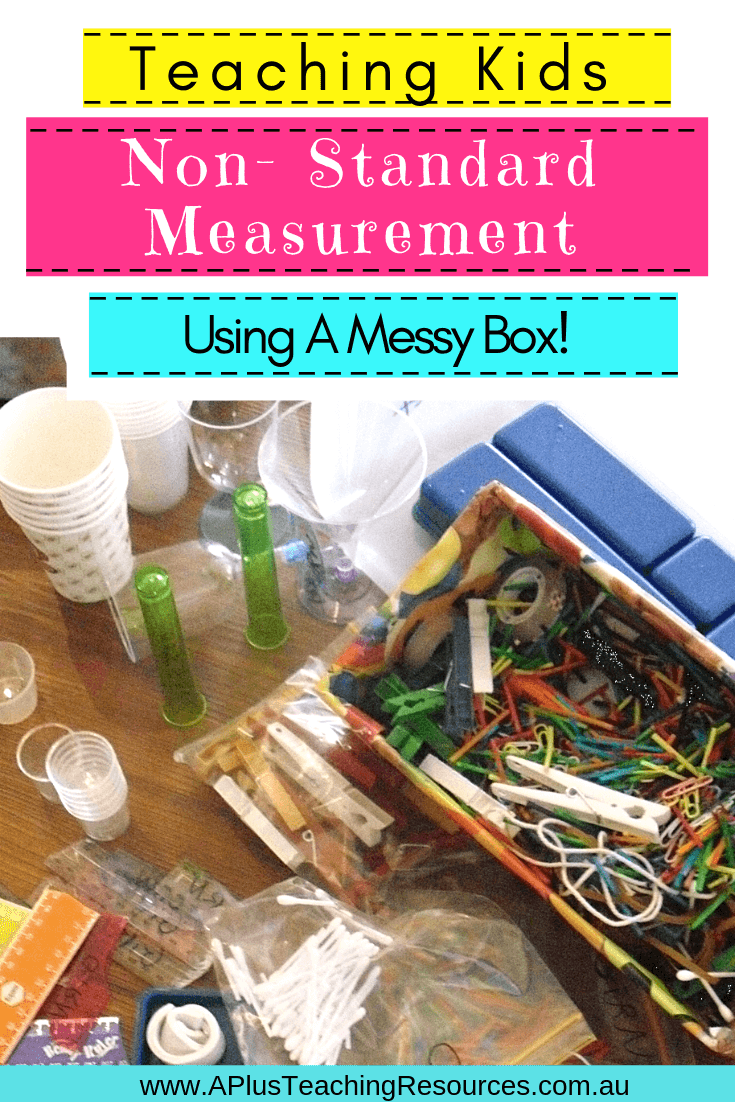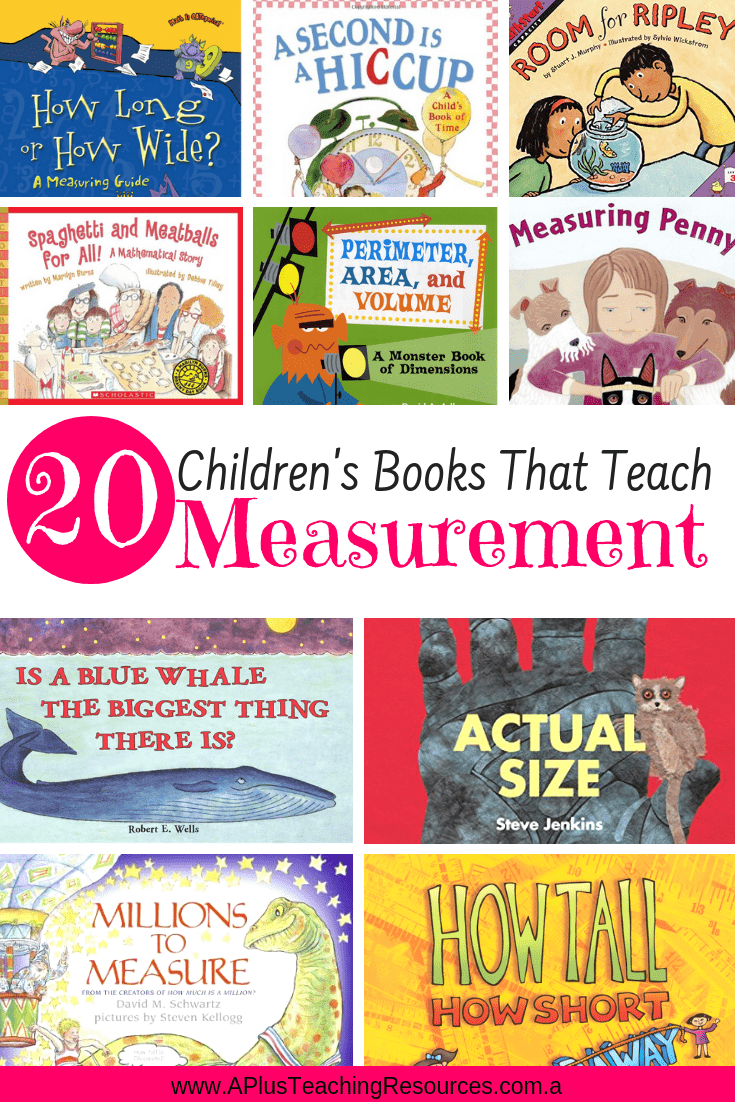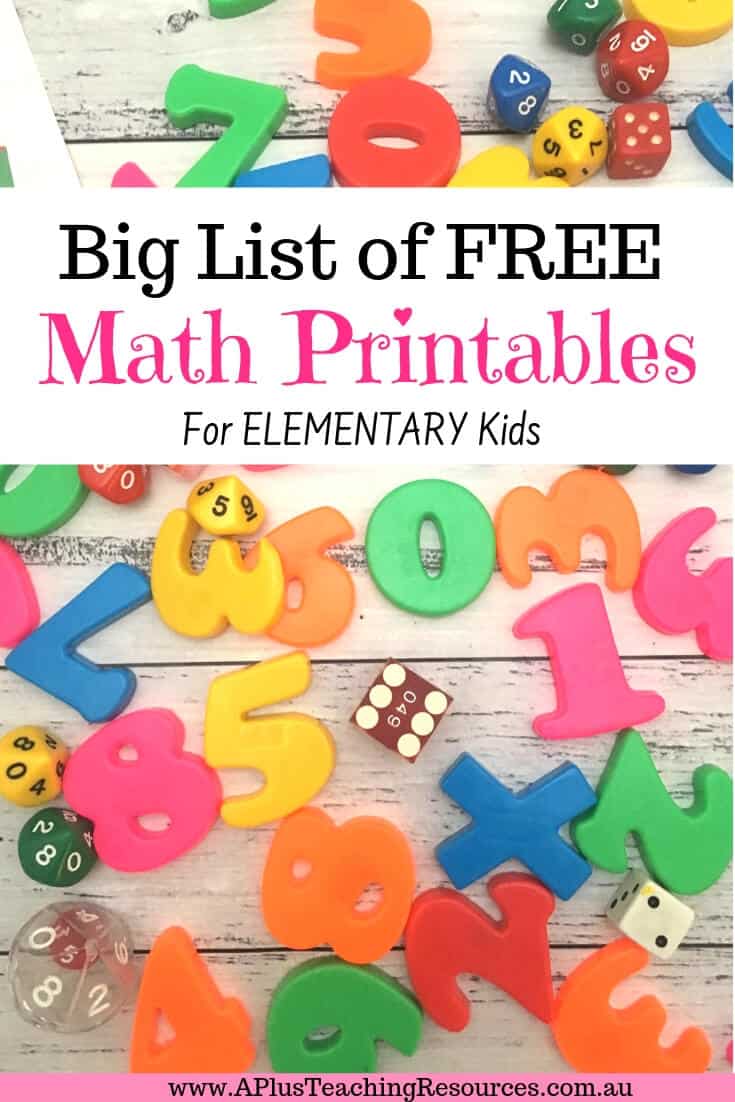If you’re teaching Standard Measurement then check this out! Everything you need to know including the ‘How’ and ‘What’ to teach your 2nd Grade kids about standard units of measurement and measuring tools.

In Preschool, Kindergarten and Grade 1 kids are introduced to non standard measurement and units of measurement. They are given the opportunity to explore hands-on how to measure small objects using pop sticks, unifix cubes etc. Read our related post teaching non-Standard Measurement for more details.
In this post we are focussing on everything teachers need to know about teaching standard measurement. If you’re looking for how to teach non standard measurement click the image below…
What is Standard Measurement?
Standard Measurement is using a standard way and tool to measure. But there are actually two variations of standard measuring and it depends which country you are in to which will be taught. However it’s important that kids know there are two forms.
Standard measurement refers to teaching the metric system and the US system of Customary units of measurement. It also covers the measuring tools as well as being able to know which unit to measure in. So for example, knowing that you would measure a pencil in inches or centimeters not miles or kilometres.
This post contains affiliate links. Read disclosure here
Planning Activities
Grade 2 (Year 2-3)
Standard units of measurement are introduced to kids from around grade 2 where they learn which equipment and units are appropriate for different objects. This means they need to pick an appropriate unit and tool to measure an object.
And just like in the article about the non standard measurement messy box, it’s important that you let the kids ‘DO’ the measuring. So don’t tell them to find how long the table is by measuring it with a ruler. Instead ask them to find out “How big is the table?” Then stand back and see if they can:
- select the right tool
- use the right units
- use the tool correctly
- read the scale on the tool
- record and communicate the measurements accurately
If your kids are not ready for formal units you may need to differentiate your measuring activities with some non-standard unit tasks.
Grade 4 (Year 3-4)
By 3rd – 4th grade students may start to do measurement problem-solving on paper. They also need to about the relationship between units of measurement and the parts of a unit. For example:
- 1 litre = 1000 millilitres, 1 kilogram = 1000 grams & 1 metre = 100 centimetres
Grade 5 (Year 4-5)
In 4th – 5th grade kids learn how to convert from one unit of measurement to another. For example:
- 1.3 litres is the same as 1300ml
- 150cm is the same as 1.5m
Grade 6 (Year 5-6)
solve decimal measurement problems e.g change 6.283 kilograms to 6283 grams and vice versa.
Measuring Resources
To help identify which year levels teach what in measurement I created a Measurement Cheat Sheet. It helps educators to make links between what is to be taught in each Year Level, specific concepts, & the Achievement Standards. There is also a handy clarification of measurement terminology page, to help with a shared understanding of teaching measurement.
- Free Teaching Measurement Cheat Sheet
- Using Children’s Books For Teaching Measurement
- Kindergarten Non Standard Measurement Moderation Task
- First Steps in Measurement Teacher Resource
- FUN measuring ideas on Pinterest, we especially love the anchor charts for this topic!
More Teaching Math Posts…
Children’s Books for teaching measurement










[…] kids are introduced Standard Measurement using rulers and measuring tapes they need to understand what measuring is all about. To build deep […]
[…] kids are introduced Standard Measurement using rulers and measuring tapes they need to understand what measuring is all about. To build deep […]
[…] are introduced Standard Measurement using rulers and measuring tapes they need to understand what measuring is all about. To build deep […]